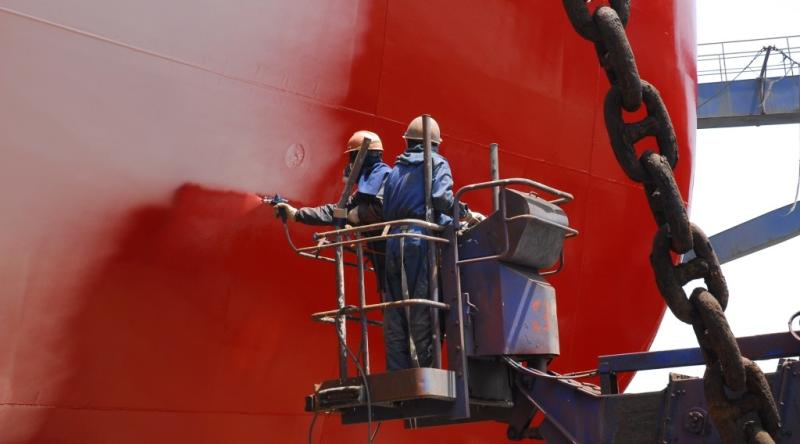Marine Coatings: Protecting Ships From Harsh Marine Environments
Ships undergo immense corrosion and damage from exposure to seawater, harsh weather conditions, marine growth and other environmental factors. They play a critical role in protecting ships and vessels from these effects. Coatings form a protective barrier to prevent contact between the ship's steel surface and the surrounding aggressive environment. Without proper protection, ships would suffer rusting, deterioration and structural failures within a short period of time.
Types of Coatings
A variety of coating types are used depending on the ship zone and environmental conditions. Some common coating types include:
- Anti-Fouling Coatings: Applied to the ship's underwater hull, these intelligent coatings prevent marine organisms such as algae and barnacles from attaching to the hull surface and slowing the ship down. Modern anti-fouling coatings slowly release biocides over time to keep the hull clean.
- Cargo Tank Coatings: Used to line cargo tanks carrying crude oil, chemicals and other liquid cargoes. Epoxy and phenolic coatings offer excellent chemical resistance to protect the tank structure. Special coatings help meet regulatory requirements for tank cleanliness.
- Deck Coatings: Exposed areas above the waterline require deck coatings resistant to weathering, splashes, impacts and thermal changes. Specially formulated polyurethane and epoxy deck coatings deliver long-lasting protection.
- Ballast Tank Coatings: Ballast tanks in ships transport water for stability and balance. Protective coatings prevent corrosion even in the aggressive salt water ballast conditions. Advanced epoxy and hybrid polyurea coatings are commonly used.
Marine Coatings Technology Advances
New technologies are constantly improving coatings performance, lifespan and environmental profile. Some notable trends include:
- Low Friction/Fouling-Release Coatings: Serve as an alternative to biocide-based anti-fouling paints. The slippery surface prevents slime and marine organism adhesion for cleaner hulls with less drag.
- Self-Polishing Co-Polymer Coatings: Modern varieties of these anti-fouling coatings slowly deplete over time versus intermittent biocide release of older products. Better controlled release lessens environmental impact.
- High-Solids/Waterborne Coatings: Modern coating formulations contain more solids and less volatile organic compounds (VOCs). They provide equivalent protection yet cause less air pollution during application compared to older solvent-based alternatives.
- Intumescent Coatings: These "expansive" fire protection coatings swell into an insulating carbon char layer when exposed to fire, shielding the underlying steel substrate material from flames for over an hour. Intumescent technology saves lives during shipboard fires.
Ensuring Proper Marine Coatings Application and Maintenance
To maximize performance and lifetime, coatings must be properly specified, applied and maintained according to coating manufacturer and international regulatory requirements:
- Surface preparation involving cleaning, abrasive/water jetting and profile control is critical for adhesion of repair or new coating layers.
- Coatings application in shipyards employs specialized spray equipment to achieve the specified DFT and coverage. Environmental controls ensure cure.
- Regular inspections check marine coating condition while in service to promptly repair damage from mechanical or osmotic blistering that could lead to corrosion if left unaddressed.
- Periodic maintenance involves cleaning, spot repair, and overcoating before existing coatings fully deteriorate to avoid expensive full recoating later.
When correctly selected and maintained, today's advanced marine coating technologies protect ships from corrosion for years of operational service even in punishing marine environments. Proper marine coatings are essential for ships to stay safe and viable over their entire service lives.
